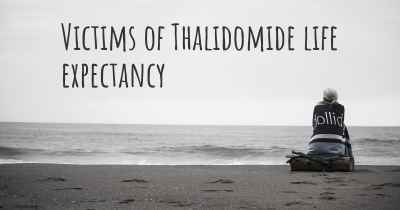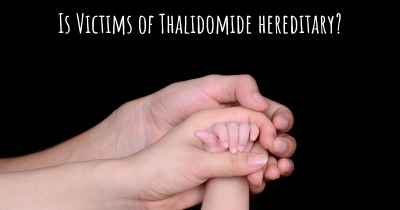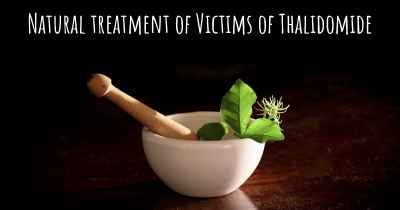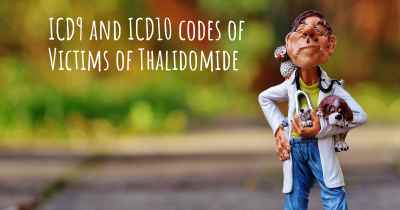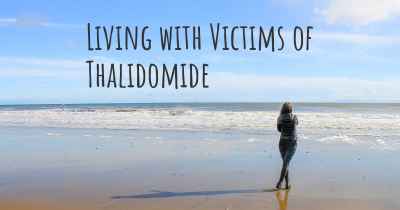What are the best treatments for Victims of Thalidomide?
See the best treatments for Victims of Thalidomide here
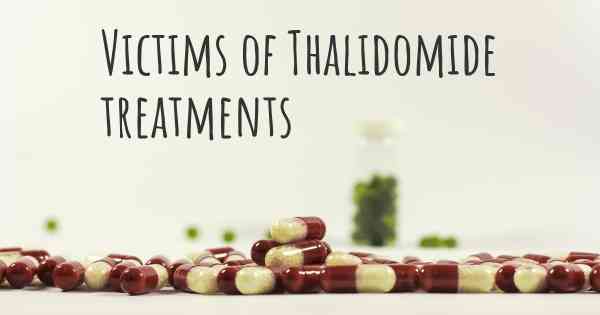
Thalidomide is a drug that was prescribed to pregnant women in the late 1950s and early 1960s to alleviate morning sickness. Tragically, it was later discovered that thalidomide caused severe birth defects, resulting in thousands of children being born with limb abnormalities and other physical disabilities. These individuals, known as victims of thalidomide, require specialized treatments and care to improve their quality of life.
Physical therapy plays a crucial role in the treatment of thalidomide victims. It focuses on improving mobility, strength, and coordination. Physical therapists work closely with patients to develop personalized exercise programs that target specific muscle groups and help individuals adapt to their unique physical challenges. Regular physical therapy sessions can enhance independence and functional abilities.
Occupational therapy is another essential treatment for thalidomide victims. Occupational therapists assist individuals in developing skills necessary for daily activities, such as dressing, eating, and personal hygiene. They also provide guidance on using assistive devices and adaptive techniques to maximize independence. Occupational therapy aims to enhance overall quality of life by enabling individuals to participate in meaningful activities and achieve greater self-sufficiency.
Prosthetic devices are often utilized to compensate for limb abnormalities in thalidomide victims. Custom-made prosthetics can help restore functionality and improve mobility. Advanced prosthetic technologies, such as myoelectric prostheses controlled by muscle signals, have significantly enhanced the capabilities of individuals with limb differences. These devices enable users to perform intricate tasks and engage in various physical activities.
Psychological support is crucial for thalidomide victims, as they may face emotional challenges due to their physical disabilities. Counseling and therapy can help individuals cope with feelings of frustration, anxiety, and depression. Support groups provide a platform for victims to connect with others who share similar experiences, fostering a sense of belonging and understanding.
Pain management is often a significant concern for thalidomide victims, as they may experience chronic pain related to their physical conditions. Pain medications, physical modalities (such as heat or cold therapy), and alternative therapies like acupuncture or massage can be employed to alleviate discomfort and improve overall well-being.
Surgical interventions may be necessary in some cases to address specific complications or improve functionality. For example, reconstructive surgery can help correct limb abnormalities or enhance mobility. Each surgical intervention is tailored to the individual's unique needs and goals, and a multidisciplinary team of specialists collaborates to ensure the best possible outcomes.
Assistive devices and technologies play a vital role in the daily lives of thalidomide victims. Wheelchairs, mobility aids, and adaptive equipment enable individuals to navigate their environment and perform tasks independently. Technological advancements, such as voice-activated devices and environmental control systems, further enhance accessibility and autonomy.
Education and vocational training are essential for thalidomide victims to develop skills and pursue meaningful careers. Specialized educational programs and vocational training can empower individuals to overcome challenges and achieve their full potential. These initiatives focus on providing necessary accommodations and support to ensure equal opportunities for employment and personal growth.
Research and advancements in medical science continue to explore new treatments and interventions for thalidomide victims. Ongoing studies aim to improve prosthetic technologies, develop innovative surgical techniques, and enhance rehabilitation strategies. Collaborative efforts between healthcare professionals, researchers, and thalidomide victim organizations are crucial in driving progress and improving the lives of those affected.
